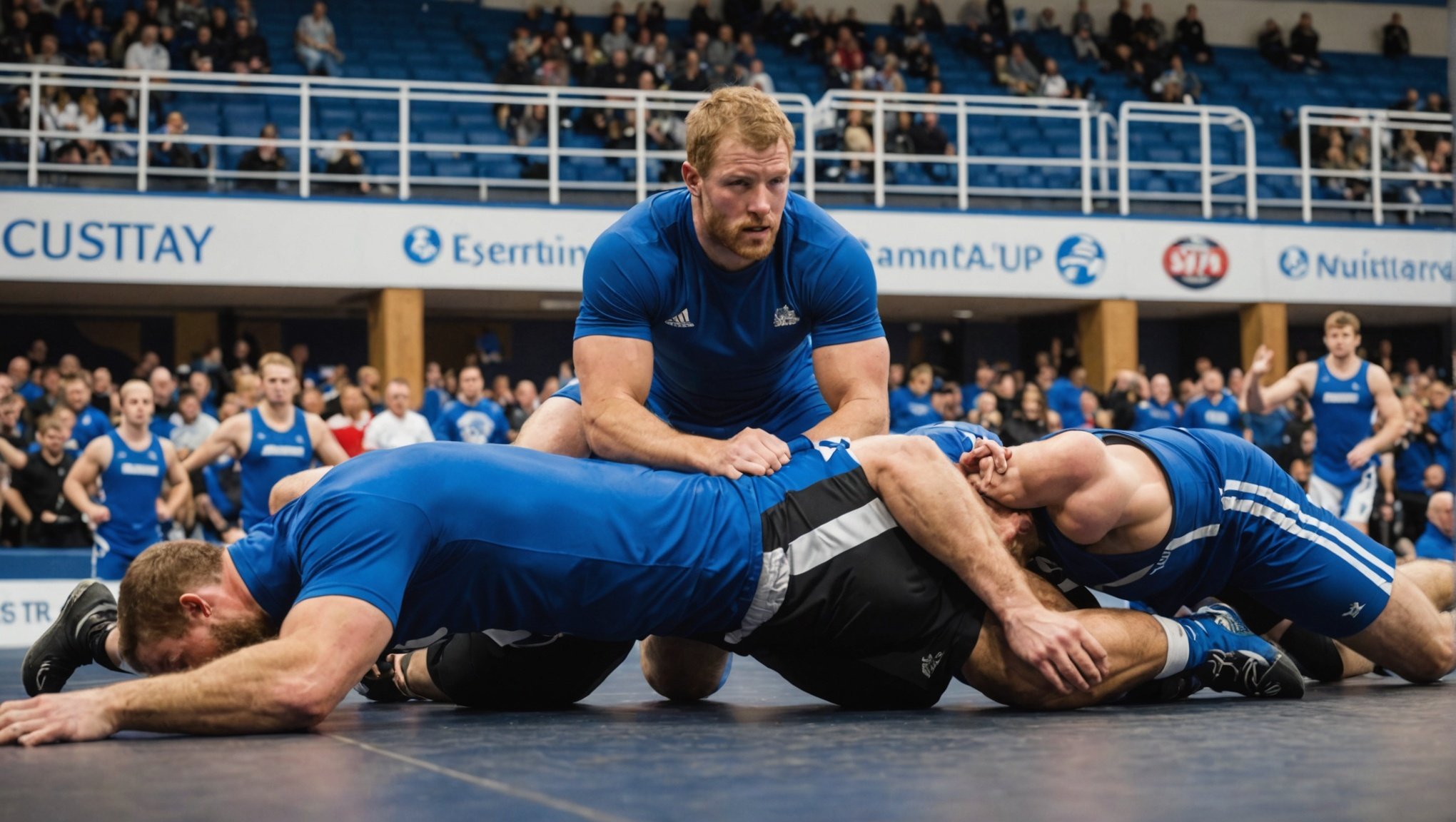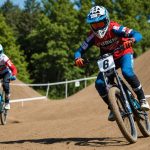Importance of a Structured Warm-Up Routine
In the world of sports, a structured warm-up routine is not just a formality but a foundational step toward both performance enhancement and injury prevention. Engaging in a comprehensive warm-up primes the body for the demands of athletic activities, preparing muscles and joints to function optimally.
One of the core warm-up benefits is its role in injury prevention. By gradually increasing blood flow and muscle temperature, athletes can reduce muscle stiffness and enhance flexibility. This physiological adjustment decreases the likelihood of strains, sprains, and other injuries. Proper warm-up techniques include dynamic exercises such as lunges and arm circles, which mimic the movements in the main activity but with a lower intensity.
Also read : Revolutionizing UK Taekwondo Training: Creative Strategies for Utilizing Video Feedback
Moreover, a structured routine contributes significantly to mental readiness. Successfully preparing mentally allows athletes to focus better, reducing pre-competition anxiety and enhancing their mental sharpness. This psychological component is just as critical as the physical one, ensuring athletes are not only physically but mentally aligned with their performance goals.
In essence, incorporating a well-planned warm-up harnesses a triad of benefits: enhanced athletic performance, reduced risk of injury, and elevated mental preparedness. This makes warm-ups an indispensable part of any athlete’s regimen.
Also to see : Ultimate Relaxation Strategies for Combat Sports Athletes in the UK After Competition
Dynamic Stretching Techniques
Dynamic stretches are integral to enhancing flexibility, particularly for wrestlers aiming to broaden their range of motion. These movements are characterized by their ability to continuously engage muscles, warming them up through active motions. This method prepares athletes by mimicking sports-specific movements, thereby reducing injury risk.
Techniques for Effective Dynamic Stretching
To effectively implement dynamic stretching, it’s crucial to emphasize continuous and controlled movements over static holds. Wrestlers should integrate movements such as leg swings, which enhance lower body flexibility, and arm circles, promoting upper limb range of motion. Concentrating on smooth transitions increases joint mobilisation and muscle readiness, ideal for the dynamic nature of wrestling maneuvers.
Timing and Duration of Dynamic Stretching
For optimal results, dynamic stretches should precede wrestling sessions, ideally within a 5 to 10-minute window. This brief yet intensive period activates and energizes muscle groups without inducing fatigue. Consistency in stretching sessions cultivates pronounced flexibility, laying the groundwork for peak athletic performance.
Common Dynamic Stretches for Wrestlers
Frequent choices for wrestling include:
- High knees: Engages the hip flexors and prepares the legs for powerful take-downs.
- Butt kicks: Enhance hamstring robustness and acceleration.
- Torso twists: Activate the core, crucial for throws and holds.
These typical stretches succinctly bridge physical preparation and tactical readiness, empowering wrestlers to perform confidently.
Specific Drills for Wrestling
To excel in wrestling, engaging in sport-specific training is crucial. These wrestling drills not only hone skills but also enhance agility and strength.
Essential Drills for Skill Development
Warm-up drills provide a solid foundation by preparing wrestlers both physically and mentally. Dynamic stretching is a fundamental part of this process. Including exercises such as knee raises and arm swings can significantly improve readiness. Such moves are designed to engage muscles that will be used intensely during wrestling matches.
Partner Drills to Enhance Performance
Training with a partner is an effective way to simulate match conditions. These drills focus on performance enhancement by allowing wrestlers to practice takedowns and defence techniques in a controlled environment. Engaging in partner hand-fighting drills can improve hand-eye coordination and reaction times, providing a realistic feel of competition.
Incorporating Movement Patterns into Drills
Integrating specific movement patterns into wrestling drills bridges training and real-match scenarios. Incorporating movements like sprawls and hip switch drills ensures wrestlers develop agility and quick directional changes. Practising these patterns consistently enhances overall performance. Wrestlers benefit from routines that mimic real match stoops, fostering instinctive responses during actual bouts. As wrestlers refine these skills, they can seamlessly transition them into the competitive arena, gaining a tactical edge.
Incorporating Mental Preparation
For athletes aiming to excel, mental preparation is as crucial as physical training. This practice involves cultivating a mindset that enhances focus and resilience. By employing specific focus techniques, athletes can prepare mentally before a performance, which may include deep breathing or mindfulness practices. These techniques aim to centre the mind, reducing anxiety and distractions, ultimately boosting an athlete’s overall effectiveness.
Visualization is another powerful tool for mental preparation. Studies suggest that imagining oneself successfully completing a task can enhance actual performance. Athletes often utilize visualization techniques as part of their warm-up routines. By vividly picturing each movement and successful outcomes, they condition their minds alongside their bodies, reinforcing confidence and readiness.
Beyond its immediate benefits, mental preparation can contribute to long-term athletic growth. Athletes who regularly integrate these practices into their routine may see improvements in their stress management and adaptability under pressure. Embracing a holistic approach that pairs physical and mental training can be transformative, helping athletes achieve their highest potential consistently.
Hydration and Nutrition Pre-Warm-Up
Before any physical activity, understanding the fundamentals of hydration and nutrition is paramount. The body’s optimal performance hinges on its hydration levels and the quality of its energy deposits.
Importance of Proper Hydration
In terms of physical exertion and recovery, staying hydrated impacts performance robustly. Proper hydration boosts energy output, regulates body temperature, and helps muscle function. Conversely, even mild dehydration can lead to diminished performance and increased injury risk. Consuming water or hydrating fluids consistently throughout the day, rather than gulping large amounts right before warming up, ensures proper hydration.
Nutritional Considerations Before Training
Nutrition before any activity serves as an energy source. The meals or snacks chosen significantly affect energy levels and stamina. Selecting carbohydrate-rich foods helps sustain energy, while moderate protein intake aids muscle repair. High-fat or fiber-rich foods should be avoided right before the warm-up as they might slow digestion and induce sluggishness.
Timing of Meals Relative to Warm-Up
Meal timing is crucial for effective pre-activity fueling. Ideally, a substantial meal should be consumed 2-4 hours before warming up. Snacks, like a banana or yogurt, can be consumed 30 minutes to an hour before activity if time is limited. This strategy maximizes energy utilization without causing digestive discomfort.
Monitoring Progress and Adjusting Routines
Understanding how to manage performance tracking is crucial for enhancing warm-up effectiveness. Consistently measuring progress gives insight into what works and what needs refinement. Athletes often provide invaluable feedback that hints at the necessary adjustments for optimal results.
Incorporating athlete feedback directly into the routine can be transformative. When athletes share their experiences, especially how they feel post warm-up, it opens the door to tailored adjustments. This could involve tweaking the intensity or duration of certain exercises. Listening actively and adapting based on their responses fosters a more personalized and efficient warm-up.
Over time, this focused approach leads to long-term benefits. By continually refining routines through athlete feedback, athletes not only avoid stagnation but also experience enhanced performance levels. A customized warm-up becomes a dynamic part of training, working consistently to improve overall athletic outcomes.
Implement some effective strategies for performance tracking by regular assessments and utilizing tools for monitoring athletes’ progress. Keeping detailed records helps identify patterns, ensuring that the adjustments made are evidence-based. Ultimately, this combination of performance tracking and feedback response forms the backbone of an adaptive and future-focused routine, aligned with the athlete’s evolving needs and goals.






